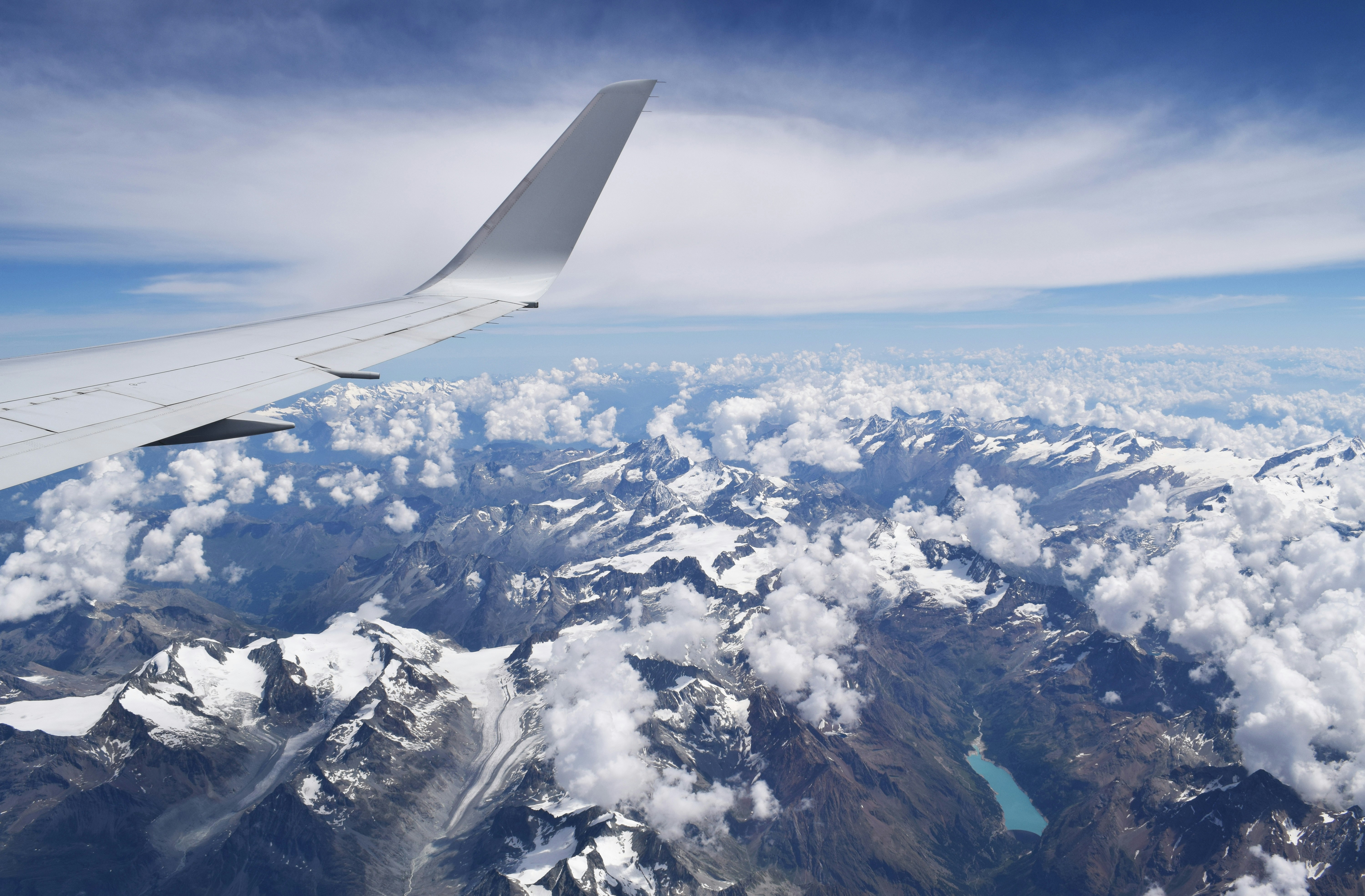The Future of Flight
What a part-vaccinated world means for aviation
The health theatre will remain as important as the security theatre for airlines and airports, says Dirk Singer, Research Director – COVID and Travel at aviation marketing consulting firm Simpliflying. Screening, bio-safety measures and to a certain extent testing (for a variety of illnesses, not just COVID) will be with us to stay.
News that the Pfizer/BioNTech COVID-19 vaccine could be up to 90% effective provides some much needed light at the end of the tunnel, writes SimpliFlying Research Director – COVID and Travel Dirk Singer, and points to a time when the world may finally get back to some sense of normality.
So does the Pfizer announcement mean that at some point in early 2021, air travel can go back to how it was?
We believe it reinforces something we’ve talked about at SimpliFlying – a part vaccinated world in 2021 where for aviation vaccines, testing and biosafety measures sit side by side for a while.
Here is why:
1 – These results are hugely positive, but there are many more steps before this vaccine sees the light of day. It has to get regulatory approval, following which most countries will have a phased roll-out plan. First responders and healthcare workers will be first in line, followed by senior citizens, those in care homes and people with underlying health conditions. Healthy people of working age – those most likely to be frequent flyers – will come last.
2 – The Pfizer / BioNTech vaccine is one of several non-Chinese / Russian vaccines near the finish line. In addition, candidates from AstraZeneca / The University of Oxford, Moderna, Novavax, and Johnson & Johnson are also at fairly advanced stages. All except the Johnson & Johnson vaccine (which estimates a completion of phase 3 trials next year) are two dose vaccines. The Pfizer vaccine is administered 21 days apart. So, someone receiving the first dose in June, won’t probably receive the second one until July.
3 – Many countries around the world have bought into the Chinese vaccines. For example, the Sinopharm vaccine already has emergency approval in the United Arab Emirates. It’s not yet clear if these vaccines will receive European / North American regulatory approval. We could well see a situation where different passengers arrive at an international airport with different vaccines, administered in different ways and giving access to different countries.
4 – There are logistical challenges in producing and distributing the vaccine. To take the United States for example, according to the Center for American Progress, 660 million doses (assuming a two-dose vaccine) will be needed for the entire population or 462 million doses if you want enough cover for herd immunity, to stop the virus from spreading. Novavax already had to delay phase three trials in the USA and Mexico because of manufacturing issues, and as well as the production of the vaccine there are also possible hold-ups when it comes to the manufacture of glass vials, syringes and needles. All these could cause a vaccine roll-out programme to slip by several weeks.
5 – The scale of the pandemic, means that it has been a life changing event for millions. It will be seared into the public consciousness, and the pressure will remain on policy makers and in turn the pharmaceutical industry to be prepared if something like this happens again. Indeed, there is already talk of the next pandemic. As far back as May, the global vaccine alliance GAVI published a list of “ten infectious diseases that could be the next pandemic”, including Rift Valley Fever and Monkey Pox. That means the health theatre will remain as important as the security theatre for airlines and airports. Screening, bio-safety measures and to a certain extent testing (for a variety of illnesses, not just COVID) will be with us to stay.

Photo by Chris Barbalis on Unsplash
So what should you be doing now, if you are an airport or airline?
1 – Testing will remain the only game in town for a minimum of six months. Our Testing+ blueprint looks at how testing can be combined with other steps to stop as few infected travellers from flying as possible.
2 – It’s understandable that some aviation industry executives will shy away from making a long-term capital investment, say in building a testing lab. There are a number of solutions here. There are home test kits, such as that used by Vault Health on behalf of Hawaiian Airlines. Or you could have mobile test labs – containers delivered on the back of trucks – delivered. When no longer needed, these can then simply be driven away. These are currently on site in Frankfurt and Brussels to give two examples.
3 – You need to think beyond the medium term. How will you deal with different nationalities having different vaccines? And how well equipped are you to deal with health and sanitation concerns being with us for the long term? At SimpliFlying we can help develop your Testing+ strategy – we also have a number of test providers we work with, through which we can give you an end to end testing solution. Email us at testing@simpliflying.com to find out more.
Footnote: SimpliFlying is a leading aviation marketing consulting firm. Click here for original article and here to learn more about Simpliflying.
The Moodie Davitt eZine is published 15 times per year by The Moodie Davitt Report (Moodie International Ltd). © All material is copyright and cannot be reproduced without the permission of the Publisher. To find out more visit www.moodiedavittreport.com and to subscribe, please e-mail sinead@moodiedavittreport.com


